Chu, 05:00, Sunday 15th December 2019
After a sorrowful goodbye to Maika and Yasmin who were leaving Chu later the same day, I picked out my clothes and laced up my walking boots. I hadn’t slept a wink. My backpack sat waiting for me, bulging with spare clothes and snacks for the journey. Stumbling down the stairs, trying to make as little noise as possible, I was greeted by the grinning face of Thai. He nodded to me. ‘We go now’. I was instantly excited.
Before we could fully open the electric rolling grill in front of the school, the lights all winked out simultaneously. Electricity was out for the whole day apparently. Squeezing a scooter through the back door, I hopped on the back and Thai steered us off into the pitch-black streets of Chu. It was eerily quiet at this hour, and as electricity was out all over town, the solitary headlight from our scooter gave the surroundings a haunted look.
We arrived at the bus station, greeted by neon lights and the gentle throbbing of engines. The driver smiled at me with bright eyes, laughing and chatting to Thai. I couldn’t tell if they knew each other. Removing my shoes and placing them in a plastic bag, I made my way down the rows of beds to the very back.
It was the most extraordinary experience for me. I had never been on a sleeper bus before, and the whole concept of beds on busses seemed alien to me. It began to make sense when I saw the three neat rows of beds, each with an upper and lower bunk. There was little space, and the beds turned out to be far too small for me, but I positioned myself somewhat diagonally on the top bunk at the back. Pulling the curtains to, ramming a hat down over my eyes and inserting earbuds into my ears, I curled up under a blanket, using my jacket for a pillow, and was soon fast asleep.
Somewhere in Lao Cai Province, 12:00, Sunday 15th December
I had been awakened multiple times during the ride due to bumpy sections of road or loud noises as we wound our way down Vietnam’s network of highways. But by the time it was nearing midday and we had passed the town of Yen Bai, I realised it was hopeless trying to sleep anymore as it was simply too hot. Temperatures had risen to around 24°C, but it felt even hotter in the stuffy sleeper bus. I was surprised to find, upon looking around, that there were only two other passengers on the bus. They were both near the front, watching a Vietnamese dubbed version of The Mechanic on the big screen at the front of the bus.
I whiled away the next hour gazing out of the window at the hazy scenery, glancing forward every now and again to see Jason Statham engaged in a fistfight or abseiling down a skyscraper. The road followed a gently winding river for a while, and I was surprised and saddened to see how dirty the water looked. I supposed that as we were in the mountains, we could not be far from the river’s source. But whatever river it was may indeed have extended deep inside the borders of China. Before I could begin to speculate further, we pulled into the town of Lao Cai and the men at the front of the bus began franticly gesturing at me to leave here.
I had been checking our progress on my phone, and saw that we were still a good thirty kilometres from Sapa. Nevertheless, I was bundled out of the big bus and into a small minibus which took me the last stretch on a beautiful winding road which ascended slowly into the mountains. I was dropped in Sapa near the market, and walked the 200m to my hostel, before dumping my bag and heading back out into the town.
Sapa
My first experience of the little town nestled in amongst the highest peaks of Vietnam seemed genuine enough. Walking towards the large indoor market I was confronted by many motorbike taxi drivers, to which I paid no attention other than to note their presence for my later convenience. Inside the market a wave of interesting and unusual scents wafted over me. There was a small collection of stalls selling dried herbs, roots and essential oils. Walking past bags stuffed full of dried mushrooms the likes of which I had never imagined, I continued up a flight of stairs to the upper level.
Many aspects of Hanoi’s night market could be seen here in Sapa. It seems wherever you go in Vietnam you will never be far from a stall selling £1 slippers with the iconic swoosh logo accompanied by the letters “NKIE” (not a typo). But what stood out in Sapa, and what instantly drew my attention, were the stalls at the far end of the hall displaying many different coloured fabrics. As I wove my way closer, ducking under backpacks hanging from the ceiling, and squeezing past other shoppers, anxious not to knock anything over with my rucksack, I saw that these stalls were selling something completely unique. My eyes widened in surprise as I looked at the ladies manning the stalls. These were the people of the Mong and Dao ethnicities.
Sapa is home to eight different local ethnicities, with the Mong and Dao people being the most prevalent. These stalls sold handmade fabrics in beautifully woven designs. Everywhere I looked a new array of colours appeared in the form of handbags, shawls, cushion covers, blankets, hats, bags and slings for babies. I was fascinated by their craftsmanship, and instantly realised that I should have done a better job at hiding my interest.
As I began to step away from the last stall, I was approached by two older women who called out in English to me. In broken English, we introduced ourselves. They were immensely friendly, and I couldn’t help being fascinated by their colourful clothing, traditional hats and the large hoops dangling from stretched earlobes. However, after I had explained what I was doing in Sapa and that I was alone, they smiled and began their spiel. Instantly I was no longer the interesting foreigner from England, but rather, the customer. They were no longer the friendly locals offering assistance, but rather the saleswomen. I laughed and said no which they simply would not accept. Finally placating them with the deal that if I saw them again later that day, I would buy from them, I extricated myself from the market and set off into the town of Sapa.
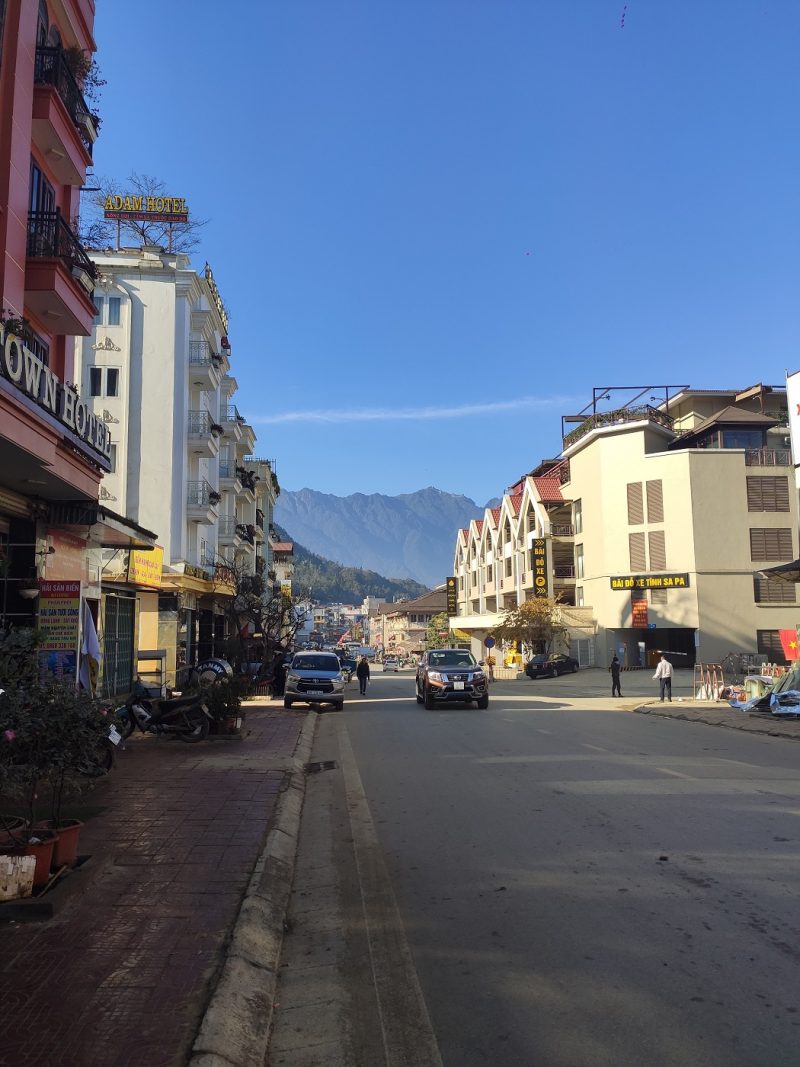
It was a beautiful day, and the looming peak of Fansipan towered over Sapa, silhouetted against the sun in the west. I could feel the butterflies of excitement tingling in my stomach. Tomorrow, I would climb that peak.
I had a heart-warming meal of com rang, fried rice, sitting in a quiet restaurant, smiling at the men who worked there as they bickered over an MMA fight that was playing on the TV on the wall. Before retiring to my empty dormitory, I raised the question of the walking route with the receptionist. It was here that I realised how I had envisioned my way to the summit was not to become a reality. The receptionist was very kind, but he ensured me that it was completely impossible to climb the mountain alone. The only way it was possible would be if I were to hire a mountain guide, but this is normally done in groups to split the cost, and alone it would cost over £150.
I went to bed that night tired and with a heavy heart.
I awoke, however, feeling positive and excited about my day. It was clear now what I would do. The cable car tickets could be purchased through my hostel at a discounted rate and I could hire a bike for the day to give myself some more freedom. Hurriedly devouring my banh mi sandwich in the hostel’s little diner, I grabbed the cable car ticket and the keys to my hired bike and set off out of Sapa.
The four kilometres between Sapa and the cable car station passed in a blur of beautiful scenery and a whirl of dust and smoke from construction sites along the road. I proceeded straight into a cable car and found myself hundreds of feet above the valley below.
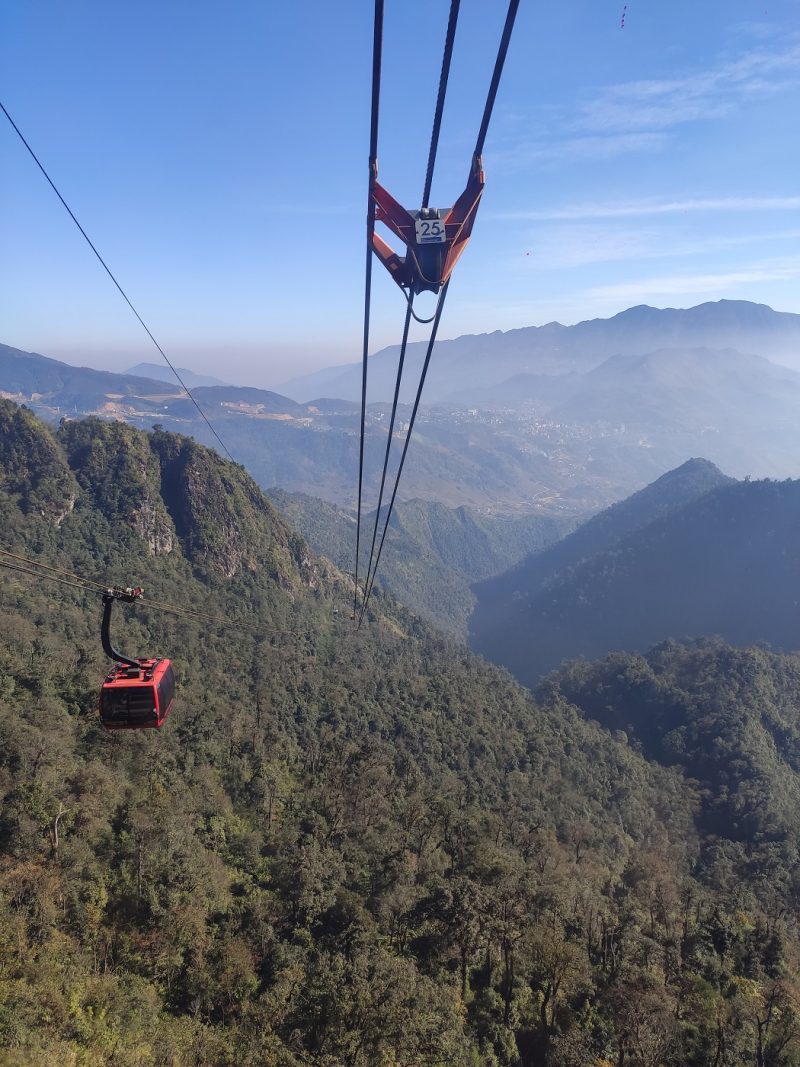
The Fansipan cable car climbs 1410m in around twenty minutes, holding the record for the greatest ascent of a three-roped cable car. The views got increasingly more jaw-dropping as I ascended until finally I was spat out at the top of the mountain.
There were still a few hundred metres to go to reach the very summit of Fansipan, and these were to be scaled using a long network of steep stone steps made from granite imported from Europe. The first sight which befell me was the great statue of Buddha, gazing out over the valley in the direction of Sapa. It was both an imposing and a calming sight. I couldn’t help but stand still to gaze up in awe at the 21m tall metal statue.

The granite pathways wound round the tip of the mountain, passing small temples and more statues of Buddhist deities. I was shocked by the number of tourists clogging the stairways, and I determined to press on to the summit before I stopped to have a good look at the views.
Many stairs later, out of breath and hot in the face, I reached the summit. Instantly I was approached by two young men asking for photos with me. When they had done, a lady took their place by my side. Photo-shoot over, I finally had a chance to look around.
I turned slowly through three hundred and sixty degrees, gazing out with keen eyes at the horizon all around and everything below it. I turned full circle, blinked, realised I had barely processed what my eyes had seen, and tried again. This time I my heart began to pound in my chest as I realised the true awe of the views. Fansipan is the tallest mountain in Vietnam. It is nicknamed ‘the Roof of Indochina’, and was formed by the same tectonic plate movement that shaped the Himalayas. Here, 3,143m above the sea, the highest I had ever been, I was exposed to some of the most awe-inspiring sights I have ever laid eyes on.

The lazy peaks drifted off into the distance as far as the eye could see. Their black tips poked up through the bright white haze of mist in the valleys, like rocky islands in the ocean. It felt both unearthly and so terribly real all at the same time. To the east, the town of Sapa could be seen clearly, its little lake in the centre with the large hotels above the valley gleaming white in the sun. Looking south down the valley I could see forest stretching for miles upon miles before it gave way to grassland and rice fields. And towards the sun lay most beautiful sight. The mist had seeped through every valley, down every crevasse, leaving the entire mountain range drowned in thick feathery white. Whether or not the valleys held buildings, houses, roads, I could not tell. All civilisation was covered by the gentle mist of the morning, and all that stood visible was the ancient peaks of the mountains. As I continued to gaze out over the sea of white mist, dotted with its many rocky islands, I couldn’t escape the feeling of insignificance. Thousands of tourists must visit the peak of Fansipan every year. To each and every individual, the experience is memorable. But the mountains are something altogether separate from us. Nearly as old as time itself, they stand stoic and unaffected. My own insignificance had never been clearer to me.
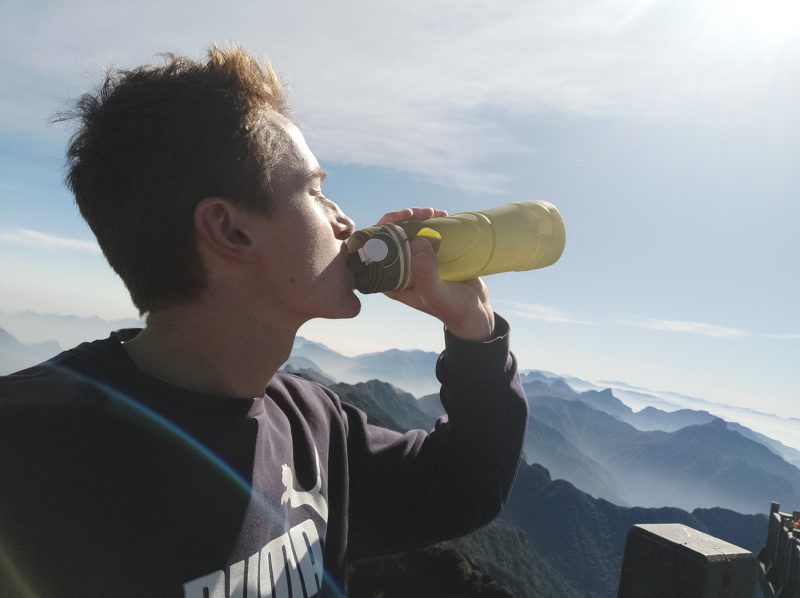
After a series of photos with strangers, many of them being Chinese and Korean tourists, I began to make my way slowly back down the mountain. Bumping into two ladies, Taylor from California and Danaiah from London, I felt the first refreshing taste of cultural familiarity. Laughing with Danaiah over the ridiculousness of the roads in Hanoi, and comparing teaching experiences with Taylor, who teaches English in Thailand, I felt comforted that even here, on the Roof of Indochina, I could feel a connection to home.
Although I was certain I could never grow tired of views like that, I decided it was time to make my descent. One cable-car ride later, I was tucking into a steaming bowl of pho at the base of the mountain. The rest of the day was spent navigating the network of winding roads in the area to visit such sights as the Love Waterfall and Heaven’s Gate. All the time, the looming peak of Fansipan was visible above me.
Sapa had been an eye-opening experience. Aside from the beautiful scenery and views, I was fascinated to see how many tourists frequent the town. It seems the entire economy of the place runs of rich Americans, Chinese and Europeans who visit all year round. It was even more interesting to witness how many of the Mong and Dao people, traditionally self-sufficient, had turned to being guides for tourists or to selling their wares to anyone who came near. The town has a sweet hum of activity always running through it, and the mountain above strikes awe into anyone who raises their attention above street level.
Knowing it would be a long time before I climbed a similar mountain, I ate and retired to my hostel for some well-needed rest.

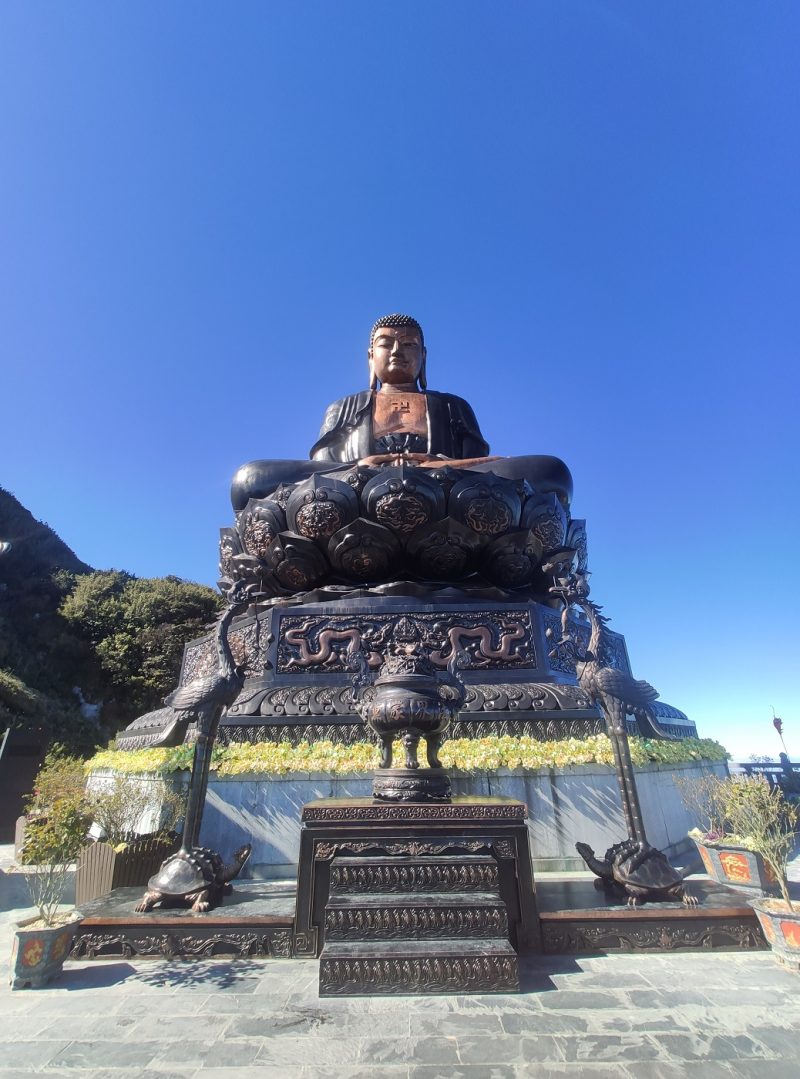
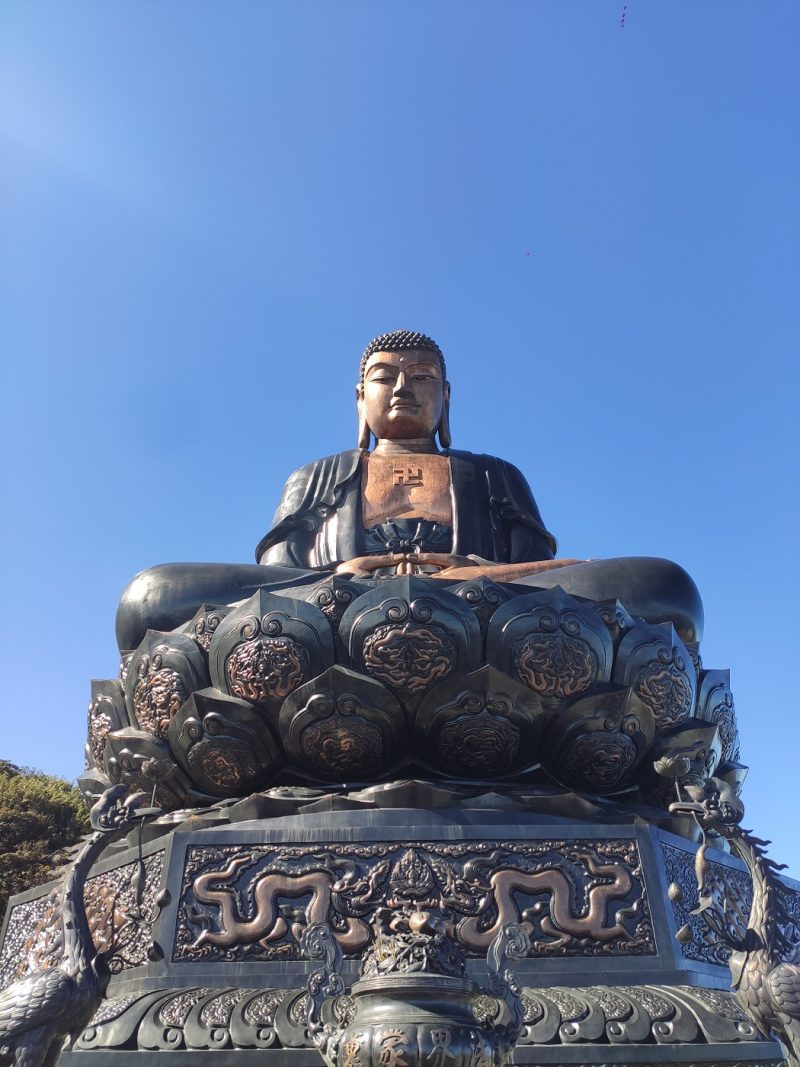

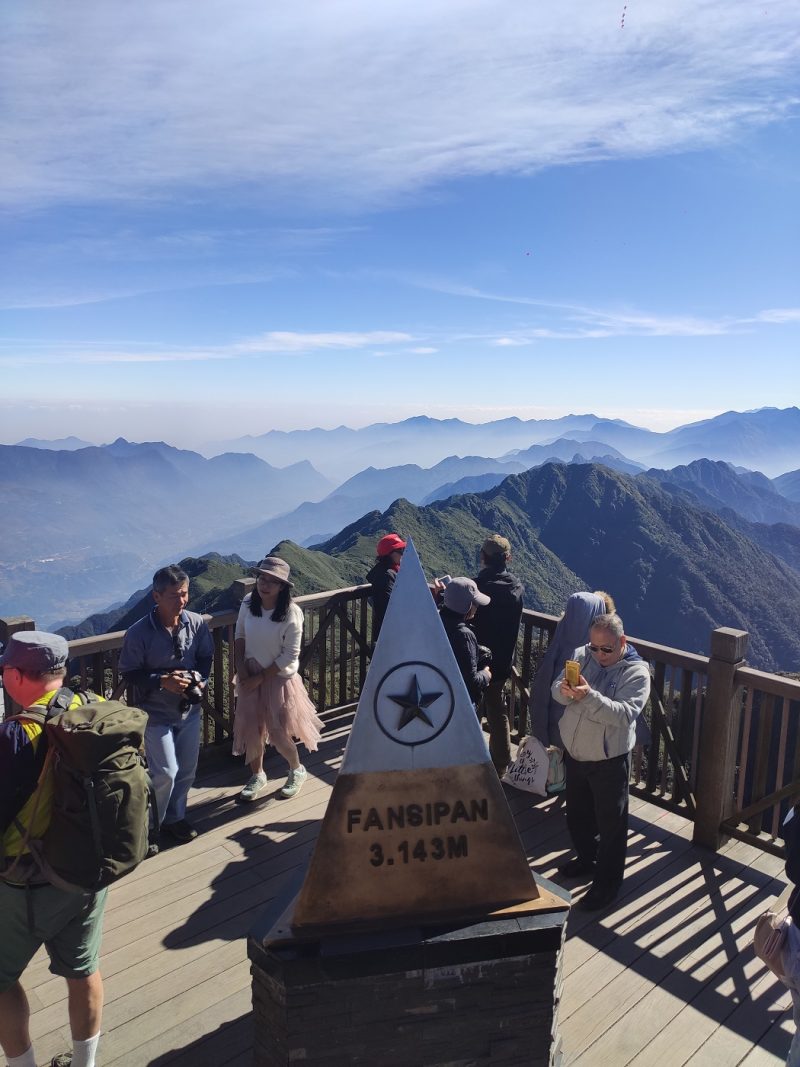
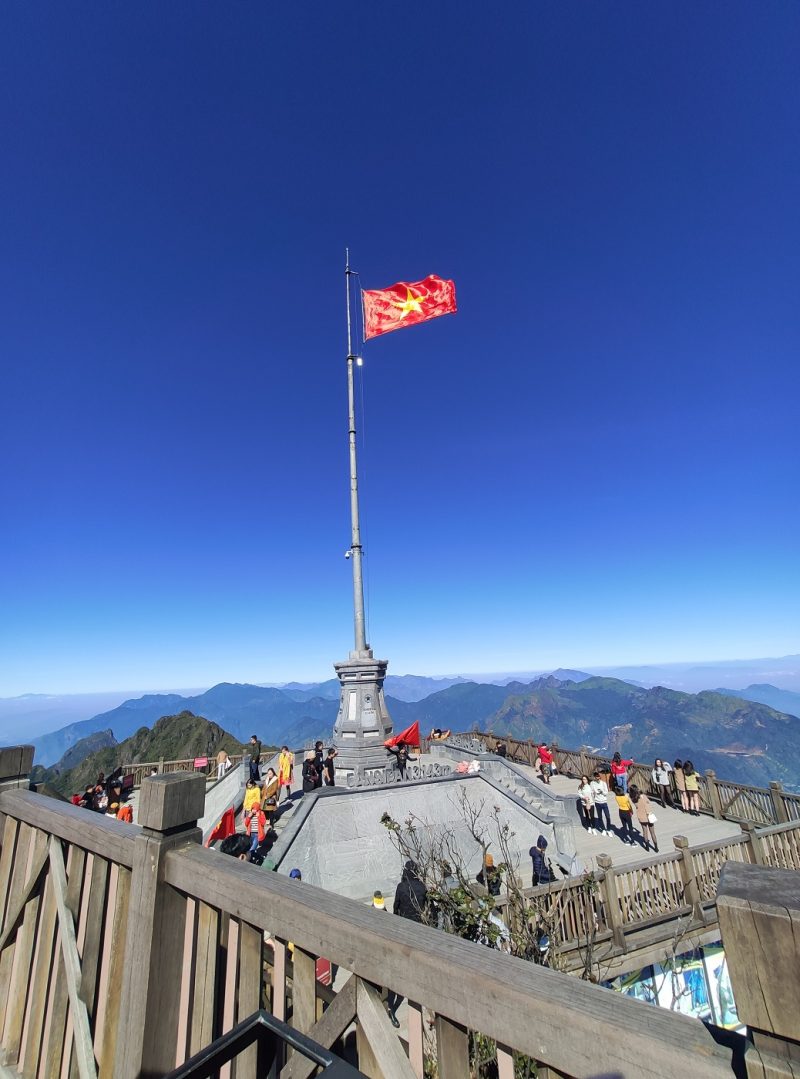

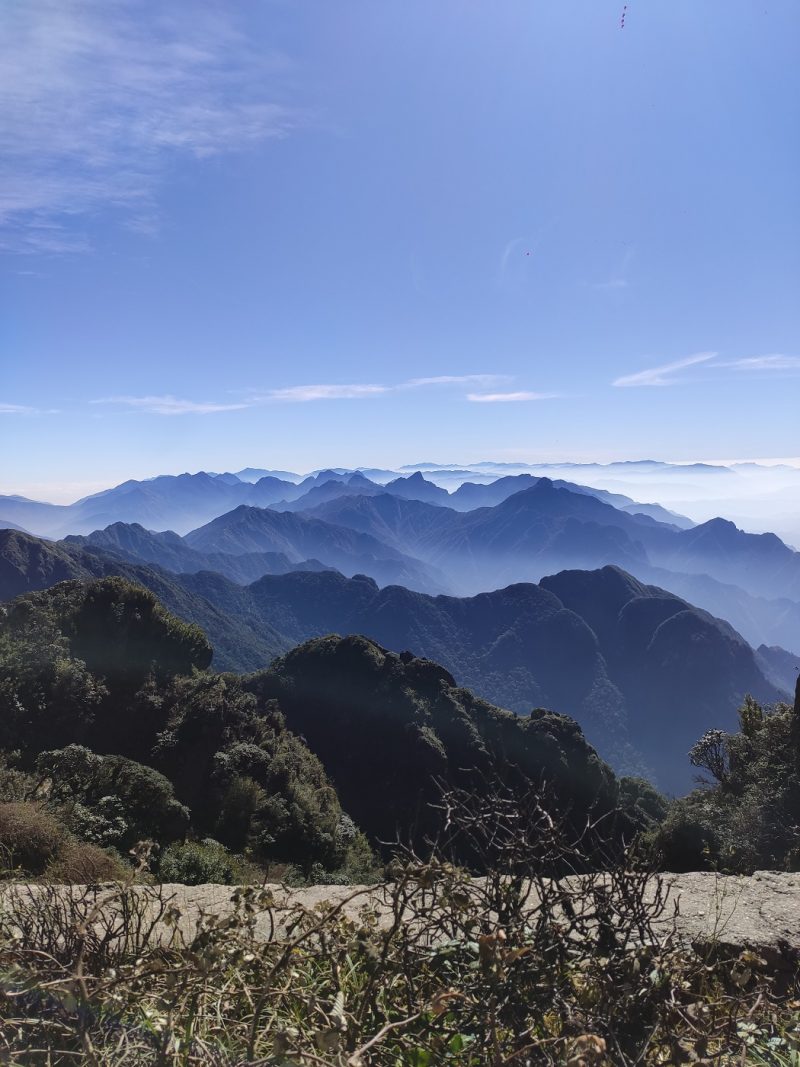
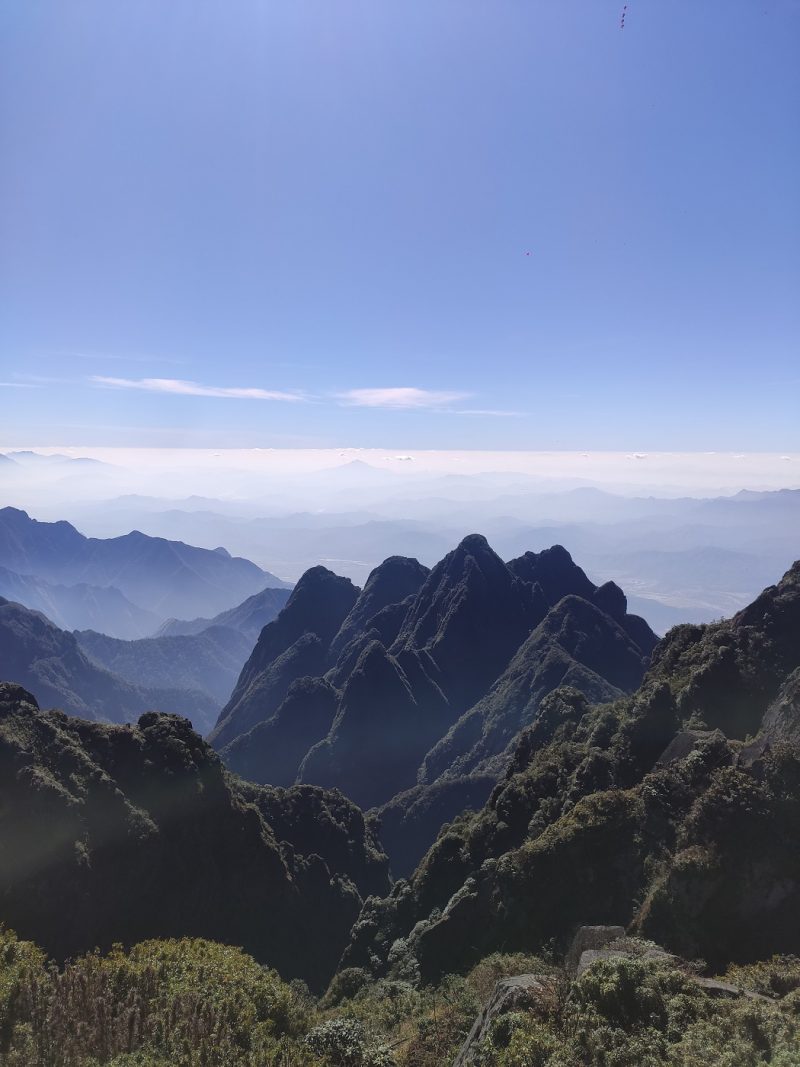
 My First Glimpse of Hanoi – Vietnam Blog 2
My First Glimpse of Hanoi – Vietnam Blog 2